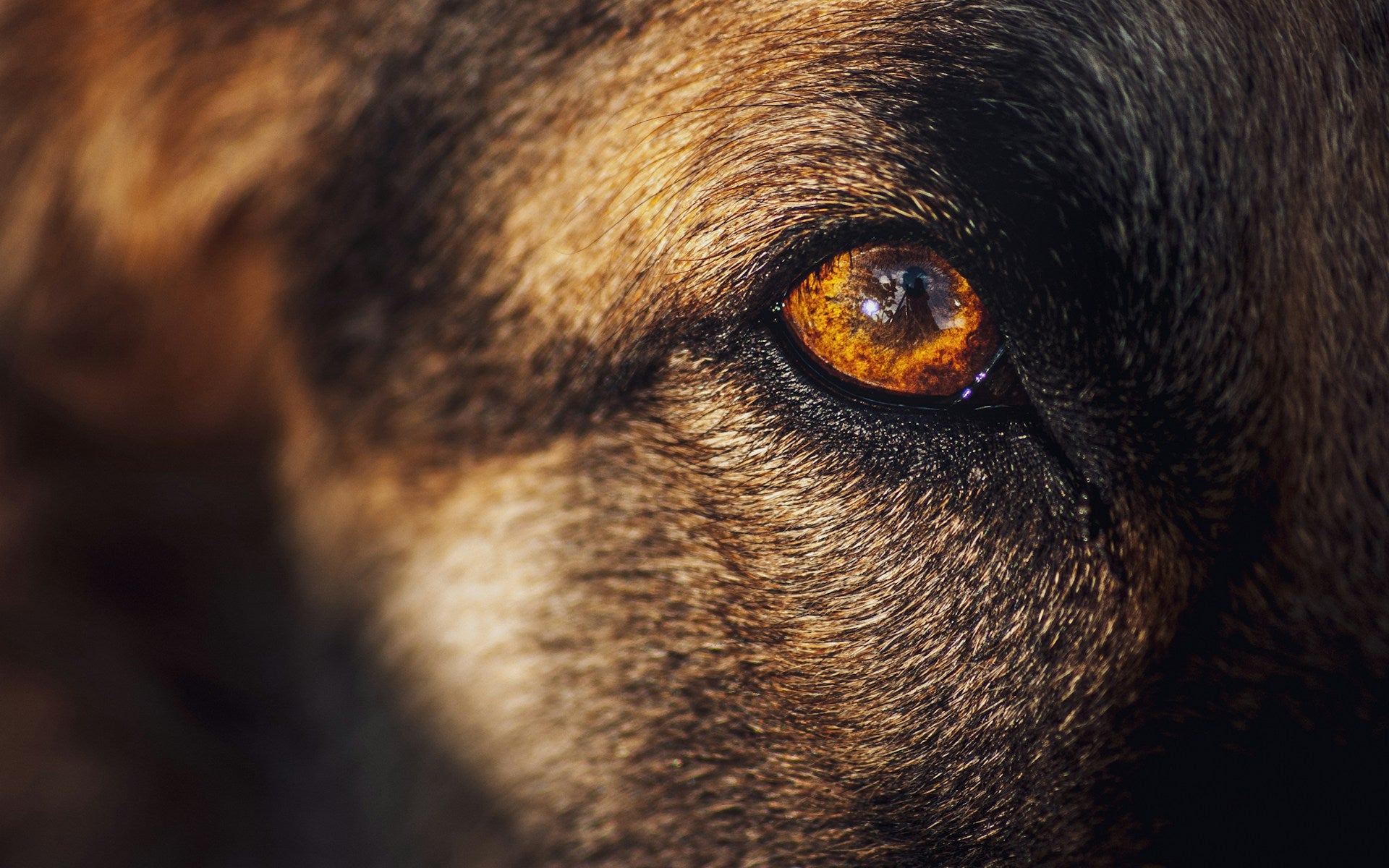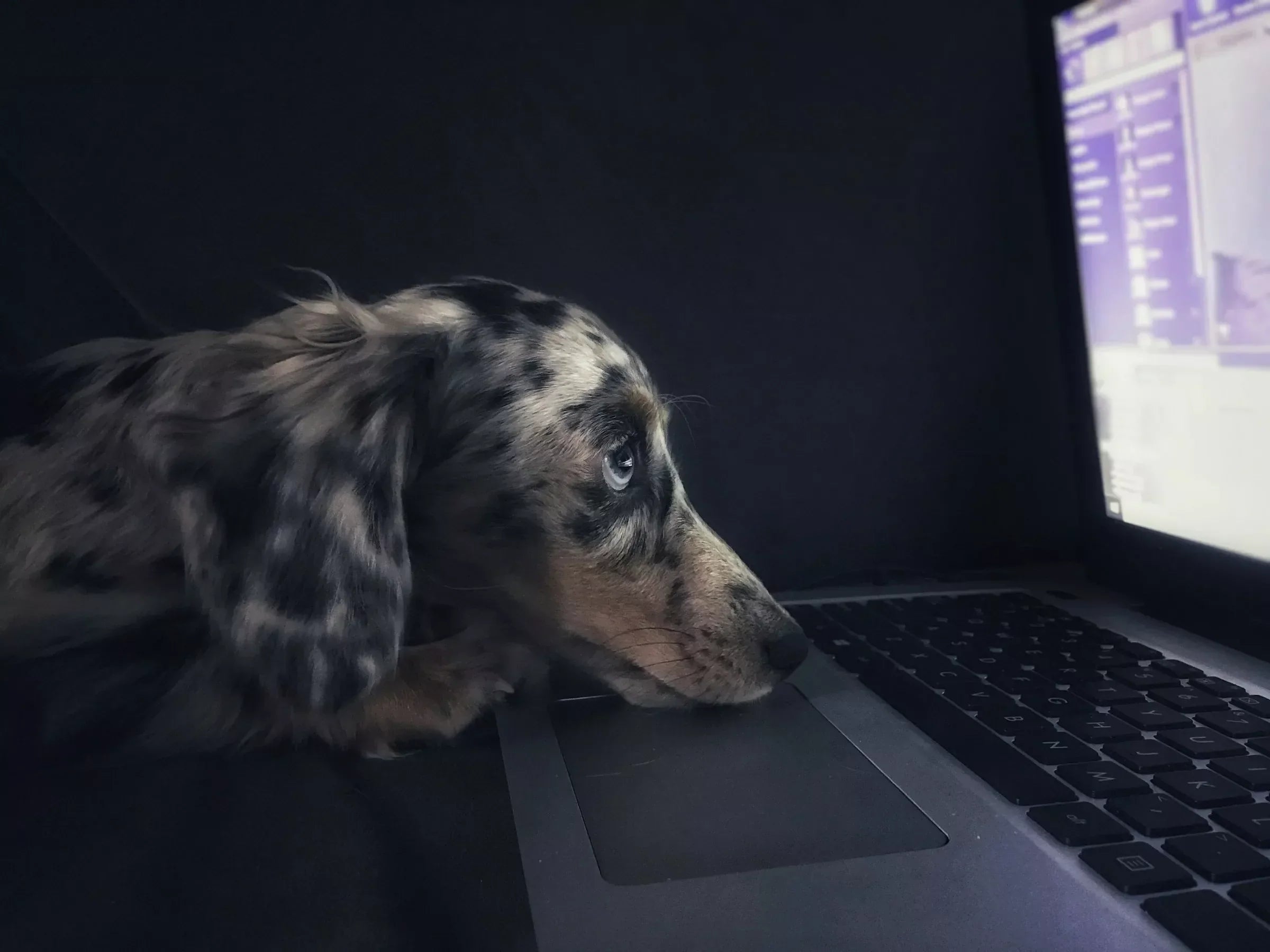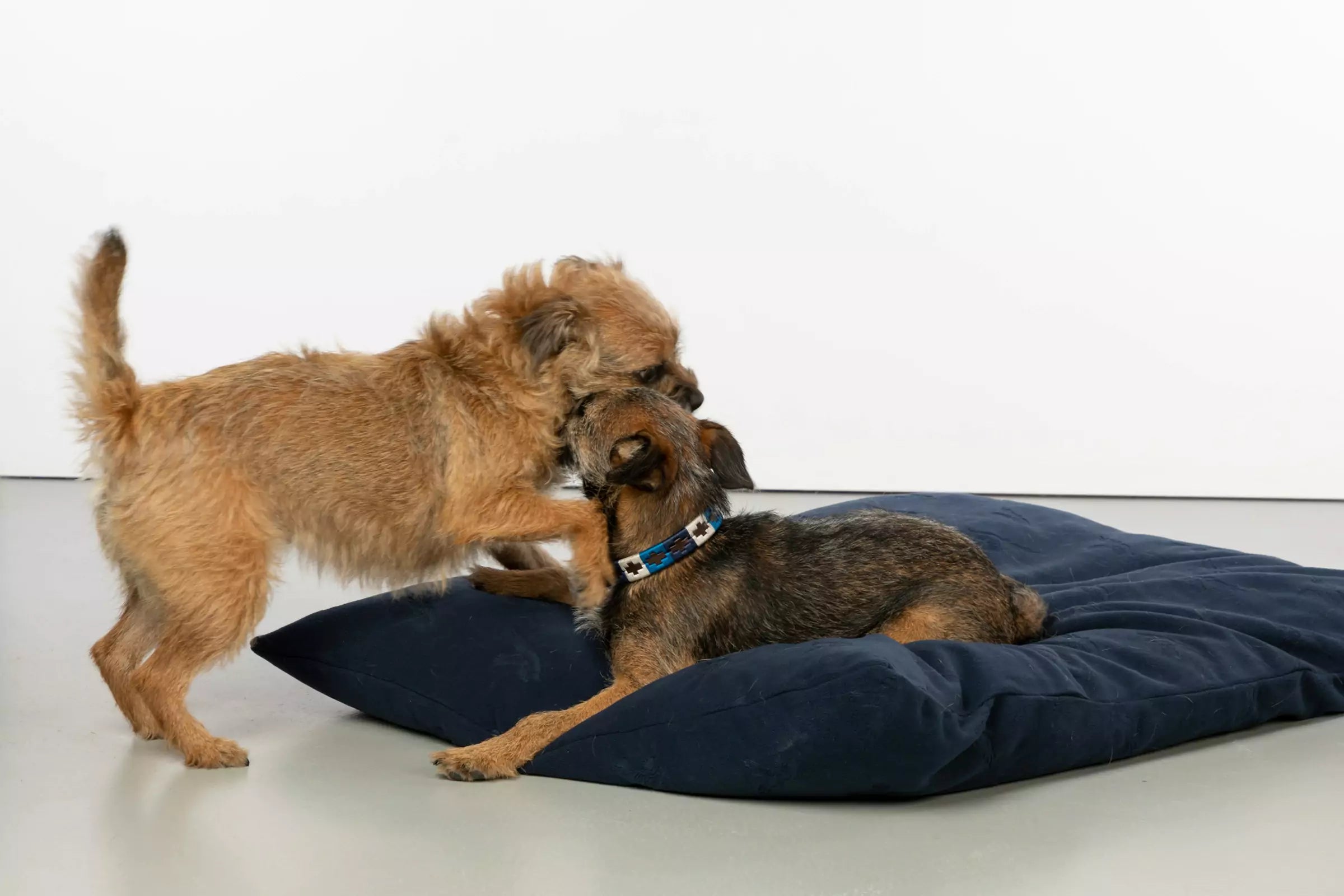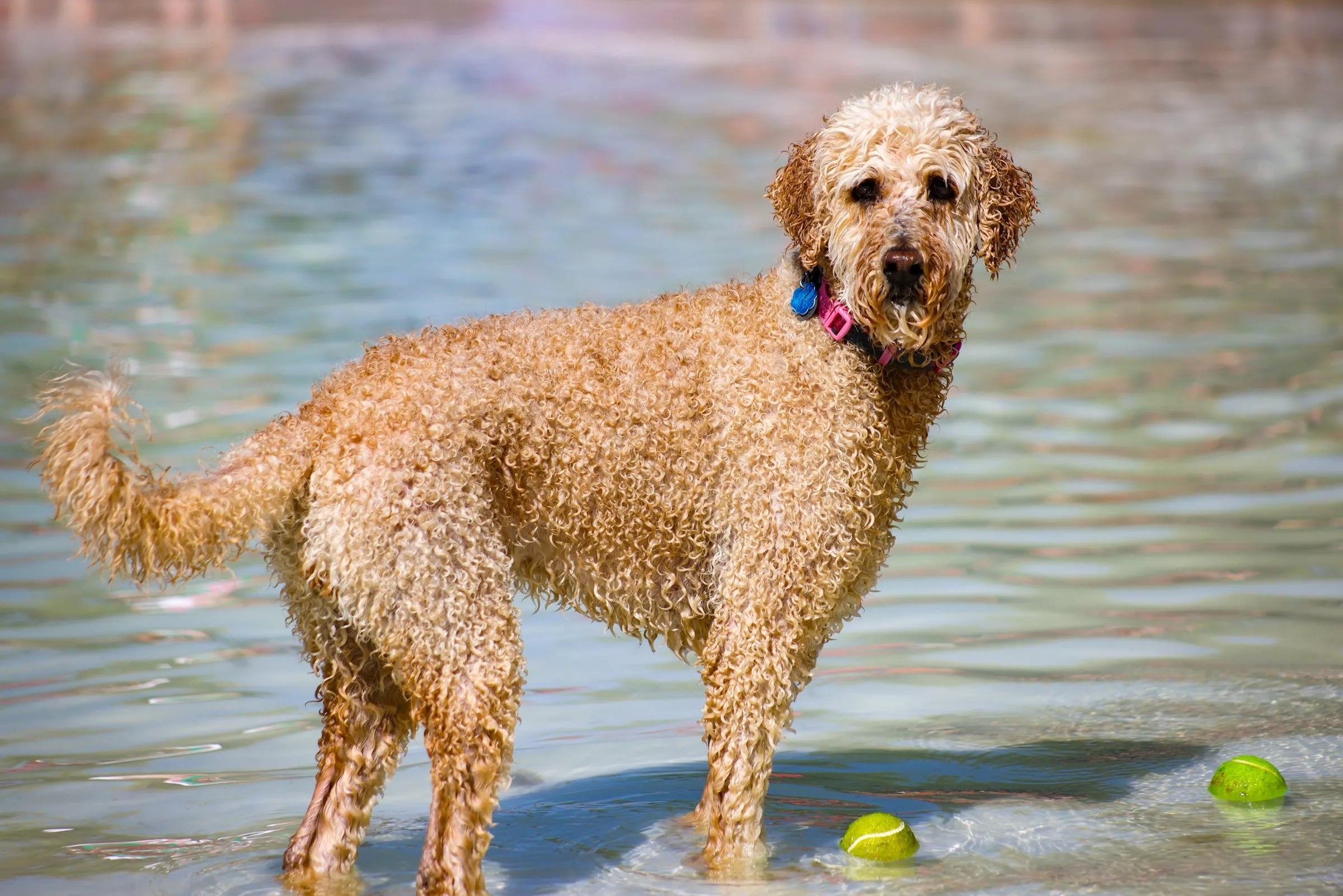Introduction
As a dog owner, understanding how your furry friend perceives the world around them can deepen your bond and improve your communication. While we may never fully see through a dog's eyes, delving into the fascinating world of canine vision can shed light on their behaviors and preferences.
Understanding a Dog's Vision
The Visual Spectrum of Dogs
Dogs don't see the world in the same vibrant hues as humans. Their vision is dichromatic, meaning they primarily perceive two primary colors: blue and yellow. This limited color spectrum affects how they interpret their surroundings.
Color Perception
While dogs cannot distinguish between reds and greens, they excel in differentiating between shades of blue and yellow. Understanding this can help in designing toys and environments that cater to their color vision.
Motion Detection
One area where dogs surpass humans is in motion detection. Their keen ability to detect movement, even in low light, stems from their evolutionary history as hunters. This sensitivity makes them excellent companions for outdoor activities and games of fetch.
Anatomy of a Dog's Eye
Structure of a Dog's Eye
The anatomy of a dog's eye is similar to ours but with some key differences. They possess a larger lens and cornea, enabling them to capture more light, especially at night.
Comparison with Human Eyes
While dogs may lack the color vision and visual acuity of humans, they compensate with superior peripheral vision and motion detection. This adaptation aids them in navigating their surroundings and detecting potential threats.
Night Vision
Adaptations for Low-Light Vision
One of the most remarkable features of a dog's vision is their ability to see in low light conditions. This is due to adaptations in their eyes, including a specialized structure called the tapetum lucidum, which reflects light back through the retina, enhancing their night vision.
Tapetum Lucidum
The tapetum lucidum acts like a mirror, giving a dog's eyes their characteristic shine in the dark. This reflective layer boosts their sensitivity to light, allowing them to see in conditions where humans would struggle.
Visual Acuity
How Well Do Dogs See?
While dogs excel in certain aspects of vision, such as motion detection and night vision, their visual acuity is generally lower than that of humans. This means they may struggle with tasks requiring fine detail, such as reading facial expressions or discerning small objects.
Near and Far Vision
Dogs have better near vision than far vision, making them adept at focusing on objects up close, such as when tracking a scent or playing with a toy. However, their distance vision may be less precise, affecting activities like spotting prey from a distance.
Other Sensory Perceptions
Importance of Other Senses
While vision is important to dogs, it's just one piece of the sensory puzzle. Their acute sense of smell and hearing play crucial roles in how they experience the world around them.
Smell and Hearing
A dog's sense of smell is estimated to be tens of thousands of times more sensitive than that of humans. This extraordinary olfactory ability allows them to detect scents over vast distances, making it their primary sense for navigation and communication. Similarly, their hearing is finely tuned, enabling them to pick up sounds at frequencies beyond human capability.
Understanding Your Dog's Perspective
Implications for Training and Play
By understanding how dogs see and perceive the world, we can tailor our interactions with them to enhance their experiences. This includes choosing toys and activities that align with their sensory capabilities and creating enriching environments that stimulate their senses.
Creating Enriching Environments
Providing opportunities for mental and physical stimulation is essential for a dog's overall well-being. Incorporating activities that engage their senses, such as scent games, puzzle toys, and outdoor adventures, can enrich their lives and strengthen the bond between dog and owner.
Conclusion
While we may never fully grasp the world as dogs see it, delving into the intricacies of their vision offers valuable insights into their behaviors and needs. By appreciating their unique sensory abilities and adapting our interactions accordingly, we can cultivate a deeper understanding and stronger connection with our canine companions.
FAQs
-
Can dogs see in complete darkness? Dogs cannot see in complete darkness, but they have superior night vision compared to humans due to adaptations in their eyes.
-
Do dogs see in black and white? Contrary to popular belief, dogs do not see in black and white. They primarily perceive shades of blue and yellow.
-
Are there breeds of dogs with better vision than others? While all dogs share similar visual capabilities, certain breeds may have specific adaptations or genetic traits that enhance their vision, such as sighthounds with their keen distance vision.
-
How does a dog's vision change with age? Like humans, a dog's vision may deteriorate with age, leading to conditions such as cataracts or reduced visual acuity. Regular veterinary check-ups can help monitor and address any changes in their vision.
-
Can you improve a dog's vision through training or supplements? While certain supplements may support eye health, there is limited evidence to suggest that training can significantly improve a dog's vision. However, providing a balanced diet and regular exercise can contribute to overall well-being, including eye health.















Share:
Why My Dog Eats Grass
Can Dogs Eat Oranges?